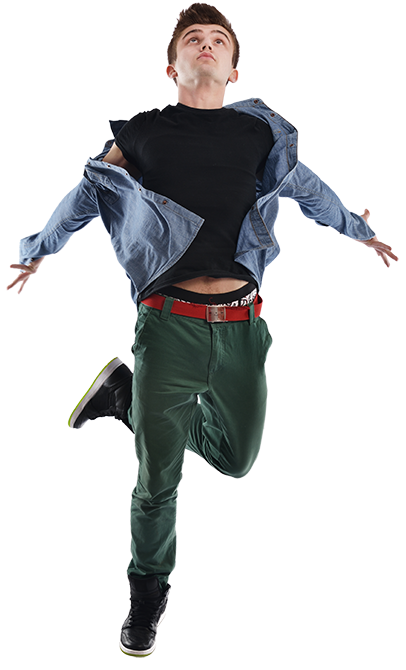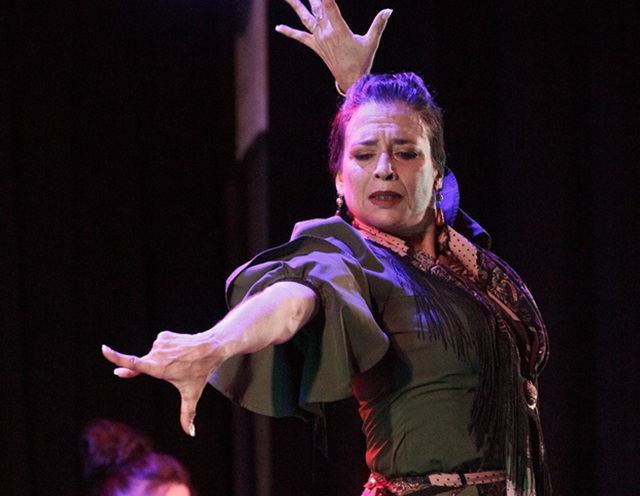
Dancer Mayelu Perez and Cantaora Nieves Diaz in Ballet Flamenco La Rosa's "La Virgen y El Gitano." (Photos courtesy of Ballet Flamenco La Rosa)
The groundbreaking adaptation was conceived and directed by Ilisa Rosal.
Performances are 8 p.m. Saturday, June 21 and 3 p.m. Sunday, June 22 at The Koubek Center, 2705 SW 3rd St., Miami.
The full evening-length work incorporates live music, original choreography and improvisation by some of the most important Flamenco artists of this era to tell the story.
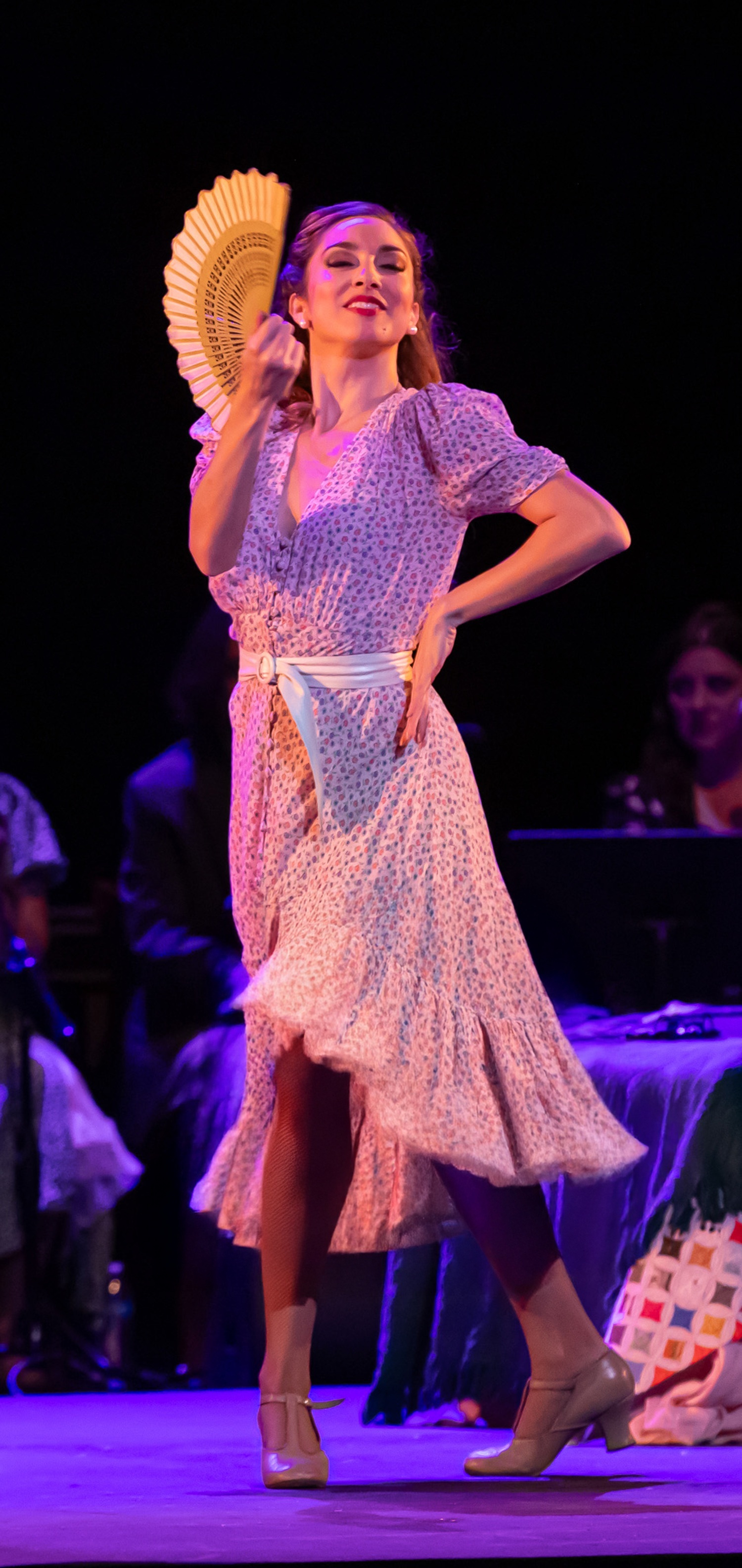
Paloma de Vega is the principal dancer in Ballet Flamenco La Rosa's "The Virgin and the Gipsy" this weekend at the Koubek Center in a world premier. (Photo courtesy of Ballet Flamenco La Rosa)
Music and lyrics draw from traditional, as well as contemporary and original, material to be interpreted by 16 artists from Spain, Latin America, and the U.S., under the direction of Rosal, the founding artistic director of the company she established 40 years ago.
Flamenco, explains Rosal, is more than a dance or music; it is a way of life, a mode of thinking, and a cultural history embodied in every movement. The interaction between dancer and live musicians is vital, ensuring that flamenco remains a dynamic and collaborative experience.
Talking With Ilisa Rosal
miamiartzine.com: What do you feel you have learned about flamenco after 40 years of creating and performing?
Ilisa Rosal: It's a profound art form, and one never stops learning. There are so many ways to interpret it, but you always have to respect tradition, because otherwise, it's not flamenco.
maz: How do you perfect the craft?
IR: First, you have to learn the technique of your feet, arms, body, etc. Then you have to interact with the musicians because flamenco should be with live music and that interaction. Throughout the entire process, from the first rehearsal to the day of the performance, you have to bring the history of the culture from which it comes. For me, it's like an actor studying their character and letting it enter their body.
maz: When did you decide to devote yourself to flamenco?
IR: I dedicated myself to theater from a very young age, and it always inspired me. After studying drama and classical ballet for many years, I discovered flamenco. It was an art form that incorporated everything I sought as an artist: poetry, music, drama, dance, and human expression. Then I moved to Spain and danced in many professional companies and tablaos, working with many of the best dancers and musicians of the time. That was during a time called the Golden Age of Flamenco. I enjoyed it and learned a lot. From there I felt that I carried the legacy of all my teachers and colleagues.
maz: Did Miami influence you?
IR: Yes, I was greatly influenced by growing up in Miami with all my Cuban friends, learning Spanish as a child, as well as Spanish culture and literature, which I loved for its dramatic and beautiful quality. Later, I traveled throughout Europe many times with my parents and fell in love with all European art, history, and culture. From then on, I studied European literature and the plays of the best European playwrights, as well as those of Americans. So, when the time came to develop my own company, I combined all my experience and everything I was passionate about into a very unique, personal, and authentic art form: flamenco.
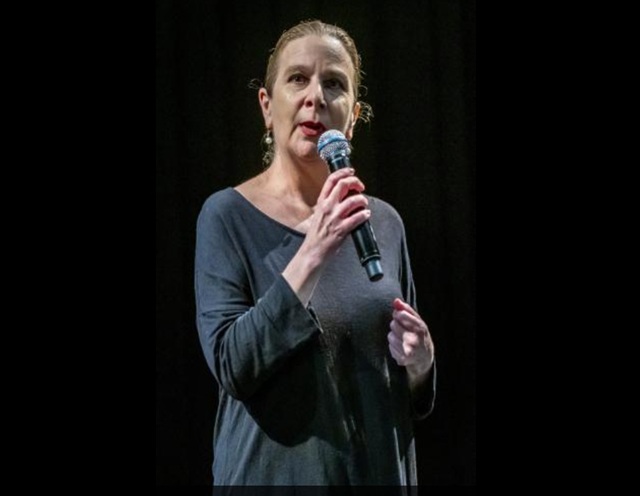
Conceived and directed by Ilisa Rosal, Ballet Flamenco La Rosa presents “La Virgen y el Gitano” bringing D.H. Lawrence's renowned novella “The Virgin and the Gipsy” to life through the evocative and impassioned art of flamenco. (Photo for miamiartzine by Mitchell Zachs)
maz: One of the signatures of your company is that you adapt renowned literary works to flamenco. Notable examples include "En el Abismo" (inspired by “Wuthering Heights”), "Travesía" (inspired by “Long Day's Journey into Night”), and "La Casa de la Muñeca" (inspired by “A Doll's House”). Now, you are adapting D.H. Lawrence. What is the draw of that for you?
IR: “I want to convey the message that flamenco is a universal language. In Spain, when they present narrative works, they usually perform traditional plays like “Don Quixote,” “Carmen,” and works by Garcia Lorca. They had occasionally presented Greek tragedies, which are part of their Mediterranean roots, but the truth is, they have done very little. Since I always dreamed of acting in plays by the best Western classical playwrights, the idea of writing and directing those plays expressed through flamenco became my passion. I have already created works in flamenco by: Euripides, Shakespeare, Flaubert, Strindberg, Chekov, Ibsen, Bernard Shaw, Bram Stoker, Emily Bronte, Arthur Miller, Eugene O'Neill, and Tennessee Williams.
maz: How do you first approach the work when you select a literary piece?
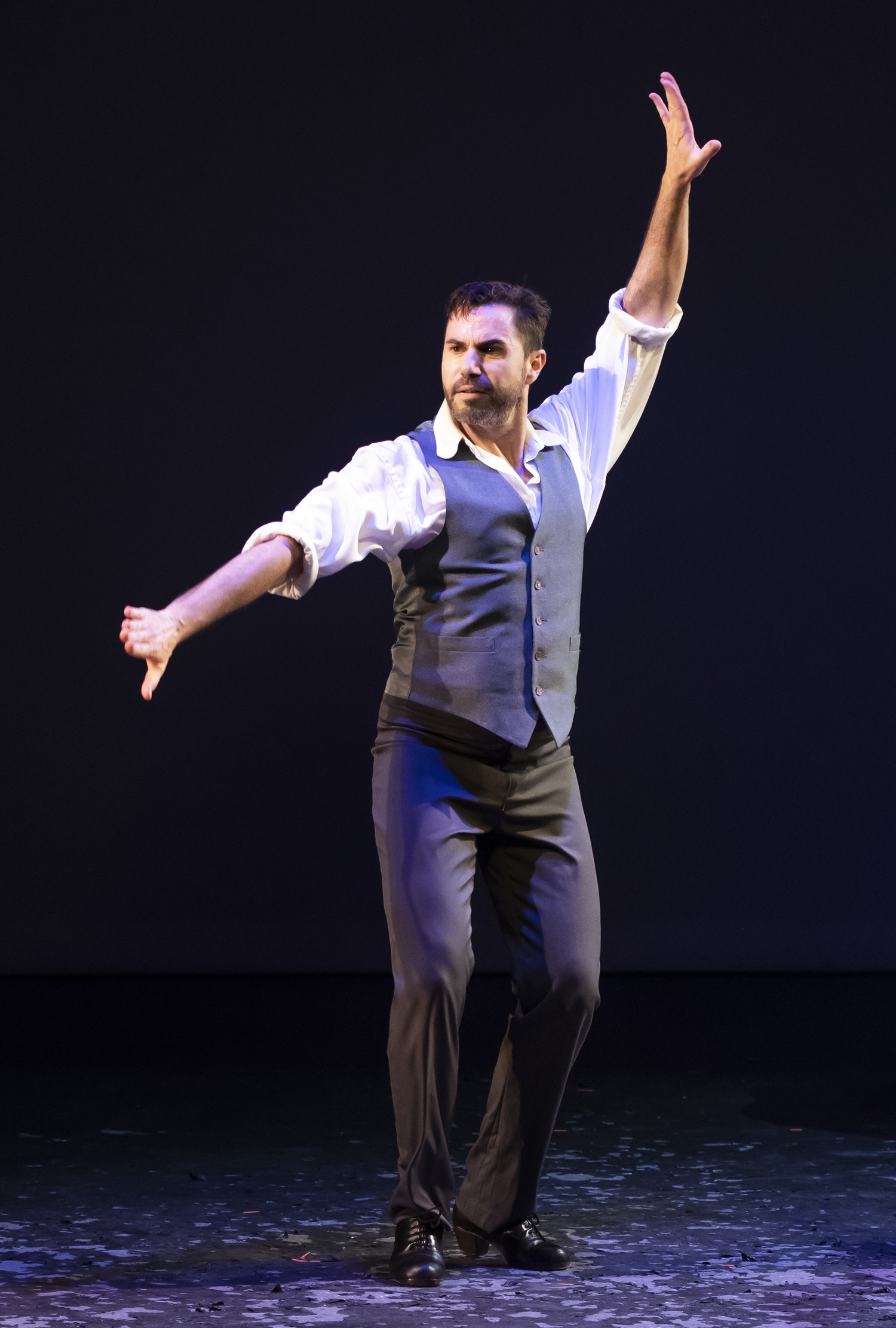
Photographer: Mitchell Zachs
Ballet Flamenco La Rosa principal dancer Jose Maya. (Photo courtesy of Ballet Flamenco La Rosa)
IR: I write an original script to tell the story and interpret the characters through music and dance, including original Spanish lyrics and choreography created by myself and the other artists involved in the project. I always meticulously attend to the details and remain faithful to my vision while remaining faithful to the original writer. I often work with artists from the playwright's home country to reinforce the authenticity of the place and culture. It is my greatest honor and pleasure to work with material from the greatest authors in history, and to revive their works in a way that reaches the public in a new way, without losing their essence and the great artistry they embody.
maz: What is this particular piece about and how does adapting it for flamenco heighten it?
IR: At the heart of the story is Yvette, a young woman suffocated by the oppressive atmosphere of her family's rectory, where her father, aunt, and domineering grandmother enforce a rigid moral world. Her life is a series of dull routines until the arrival of a gypsy a figure of vitality, freedom, and sensuality awakens Yvette's yearning for liberation and passion. His presence threatens the stagnant order of her home, igniting dreams of escape and self-discovery. The narrative's central tension between the vibrant energy of the gypsy —and the stifling environment of the rectory —becomes a vivid exploration of the complexities of desire, identity, and hope. Flamenco, with its intense passion and intricate emotional depth, proves the perfect medium to convey these themes, transforming the story into a universal meditation on love, societal expectations, and self-expression.
WHAT: Ballet Flamenco La Rosa presents "La Virgen y El Gitano"
WHEN: 8 p.m., June 21, 3 p.m., June 22
WHERE: The Koubek Center, 2705 SW 3rd St., Miami
TICKETS: $35 and $45
INFORMATION: (786) 320 6982 or balletflamencolarosa.com
 MAIN MENU
MAIN MENU

